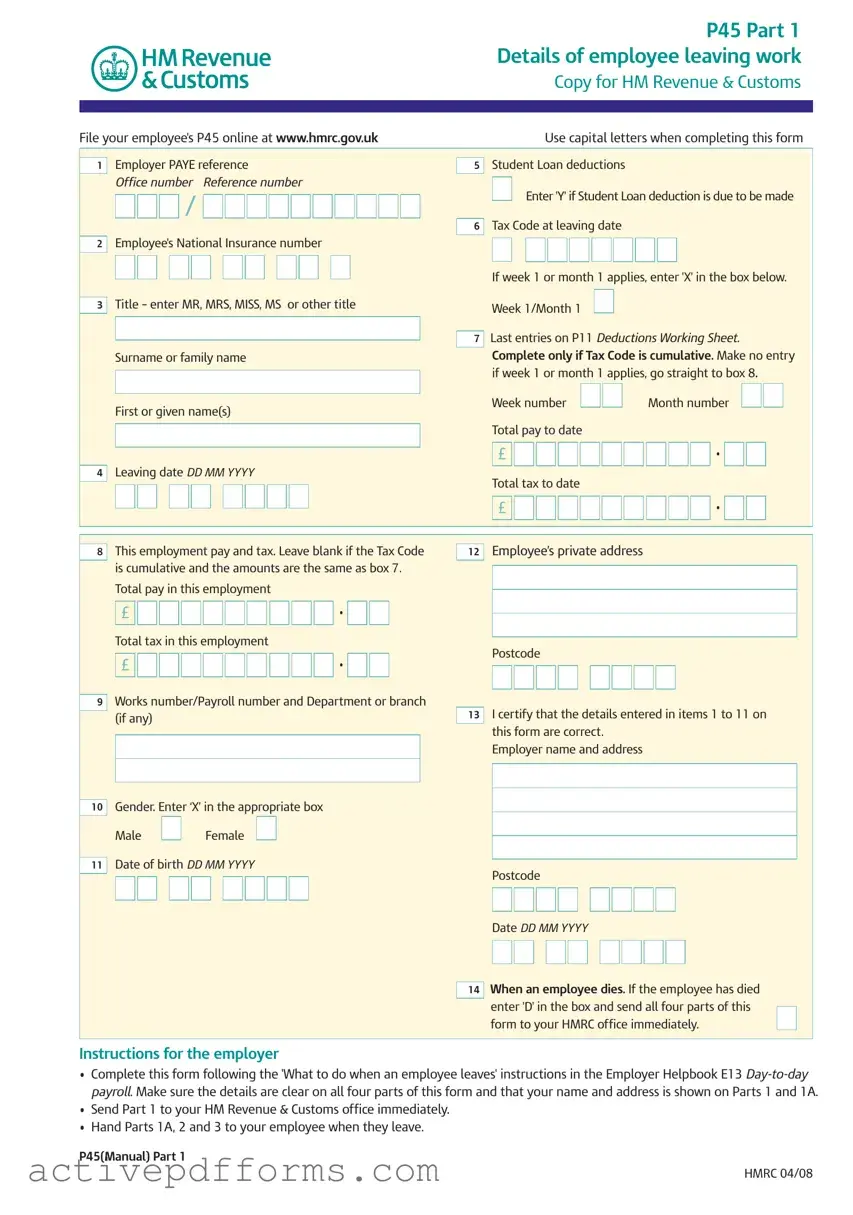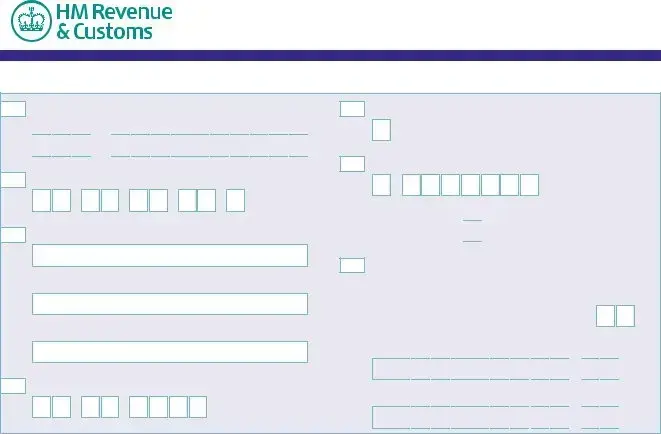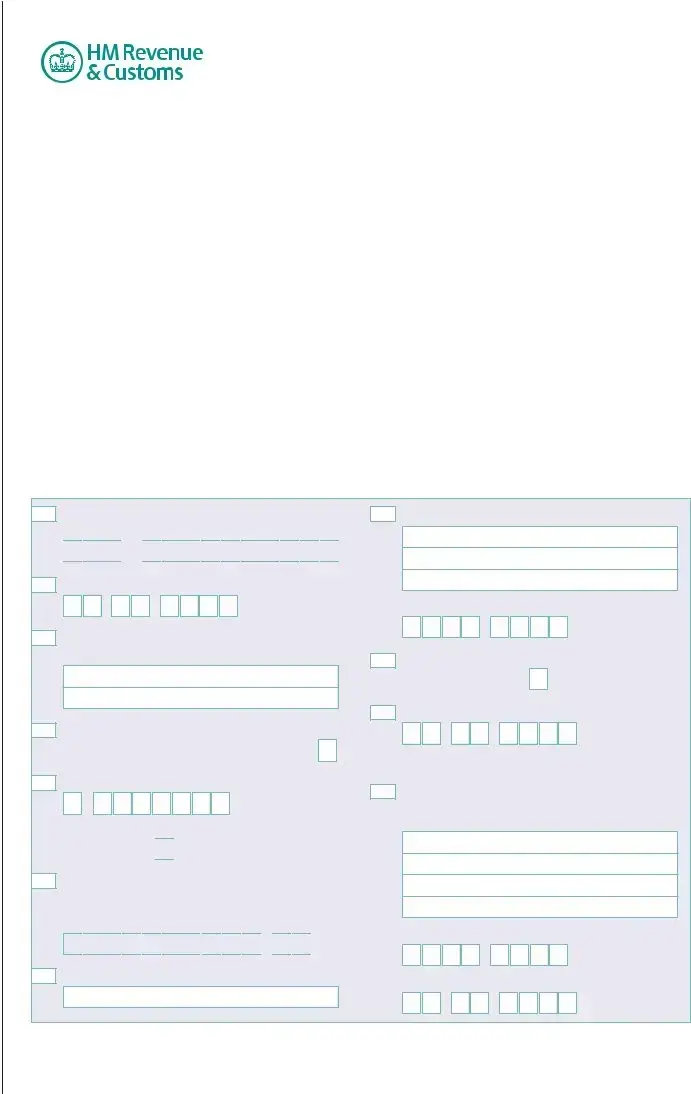Transitioning from one job to another involves various procedures, one of which includes handling the P45 form, a crucial document in the United Kingdom's tax system managed by Her Majesty's Revenue and Customs (HMRC). Essentially, the P45 form comprises details related to an employee leaving work and serves multiple purposes such as providing a record of the employee's pay and taxes deducted during the employment period. Notably, the form is divided into several parts: Part 1 is sent to HMRC by the employer, Parts 1A, 2, and 3 are provided to the employee, where Part 1A is for the employee's personal records, and Parts 2 and 3 are for the new employer or Jobcentre if the individual is claiming Jobseeker's Allowance or Employment and Support Allowance. This form captures critical information such as the employee’s National Insurance number, tax code, and details of earnings and tax payments. Student loan deductions, if applicable, are also noted, ensuring a smooth transition and accurate tax treatment for individuals moving between jobs. Additionally, special instructions are included for employees moving to new employment, claiming jobseeker's benefits, or going abroad, underscoring the P45's role in managing tax affairs efficiently. Furthermore, guidelines for employers receiving a new employee's P45 are provided to ensure the continuity and accuracy of the tax records, thus embodying the form's comprehensive utility in employment transitions.









 /
/ 







































 •
• 





















 •
• 









 /
/ 







































 •
• 


